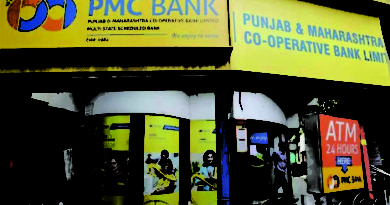Deposit cover payout depends on type of bank account
On liquidation of any bank the depositors are paid from deposit Insurance. “On liquidation, every depositor is entitled to repayment of his/her deposits up to a monetary ceiling of Rs. 5 lakh from the Deposit Insurance and Credit Guarantee Corp. (DICGC) as per usual terms and conditions,” said RBI, in a press release about The Karad Janata Sahakari Bank.
More than 99% of the depositors of the bank will get full payment of their deposits from DICGC, according to the banking regulator. The deposit insurance you get will depend on the nature of accounts you hold with a bank.
In general, deposit insurance of Rs. 5 lakh is what a person has across all accounts with a bank. Say, a person has a current account that has a balance of Rs. 3 lakh, savings account with a balance of Rs. 2 lakh and fixed deposit of Rs. 4 lakh with a bank that is undergoing liquidation, the depositor will receive up to Rs. 5 lakh only.
What happens if the person holds an account in the name of a proprietary firm? Such accounts held under sole proprietorship, too, will be aggregated with other individual accounts. However, if a depositor has an account as a partner of a firm or a guardian of a minor or as a director of a company or trustee of trust; such accounts are not counted with the individual accounts. Each of these will have a separate insurance of Rs. 5 lakh.
When a bank goes into liquidation, a liquidator is appointed to aggregate all the accounts.
DICGC pays the liquidator the claim amount within two months of receiving the list of depositors and the respective amounts. If a bank is merged or acquired by another one, DICGC pays the acquiring bank. DICGC doesn’t deal with depositors directly.
The best part is that DICGC insures the principal as well as interest up to Rs. 5 lakh. But the liquidation process takes time. It makes sense for depositors to spread their savings across banks up to the deposit insurance limit so that their risks are spread out.




